
Home
Preamble
Index
Areas
Map
References
Me
Drakkar
Saunterings: Walking in North-West England
Saunterings is a set of reflections based upon walks around the counties of Cumbria, Lancashire and
North Yorkshire in North-West England
(as defined in the Preamble).
Here is a list of all Saunterings so far.
If you'd like to give a comment, correction or update (all are very welcome) or to
be notified by email when a new item is posted - please send an email to johnselfdrakkar@gmail.com.
186. Thoughts from the Towpath (Holme to Carnforth)
Left, two, three, four, five, six, seven, eight, to the right, two, three, into
your two lines, get ready, go, jump, kick, jump, kick, turn, other way, go, jump, kick,
jump, kick, turn, you’re weaving right on a left arm, figure of eight, figure of eight, into your
two lines of three, get ready, two lines, get ready, step forward, two, three, and back,
two, now walk on, walk on, walk, and then you’re right to start again.
It being a cloudy, breezy day I opted to walk along the Lancaster Canal from Holme to Carnforth
to form the third part of what has become a trilogy, after Bilsborrow to Preston
(Sauntering 45) and Galgate to Garstang (Sauntering 153).
In the first two I reflected on the nature of walking, as prompted by the words of
Frédéric Gros in his A Philosophy of Walking (Gros, 2014), considering the thoughts
of celebrated walker-thinkers such as Nietzsche and Rousseau and the nature of the
four kinds of benefit (pleasure, joy, happiness and serenity) that walking affords, according to Gros.
During this walk I will mull over just one sentence from Gros’s book, namely, this one on page 19:
Our first question about the value of a book, of a
human being, or a musical composition are: can they walk?
The village of Holme made no impression upon me, which it may be unfair to say after
such a fleeting acquaintance. There are nice bungalows and fine limestone buildings but if
there is anything of distinction or interest then I missed it. It seems to turn its back on
the canal, unlike me. My immediate impression of the canal was that it was no longer in
use, with reeds and other vegetation encroaching. Those seeking to revive the northern
reaches of the canal (as discussed in Sauntering 160) will need to be
aware that by the
time they succeed there then here may have been reclaimed by nature.

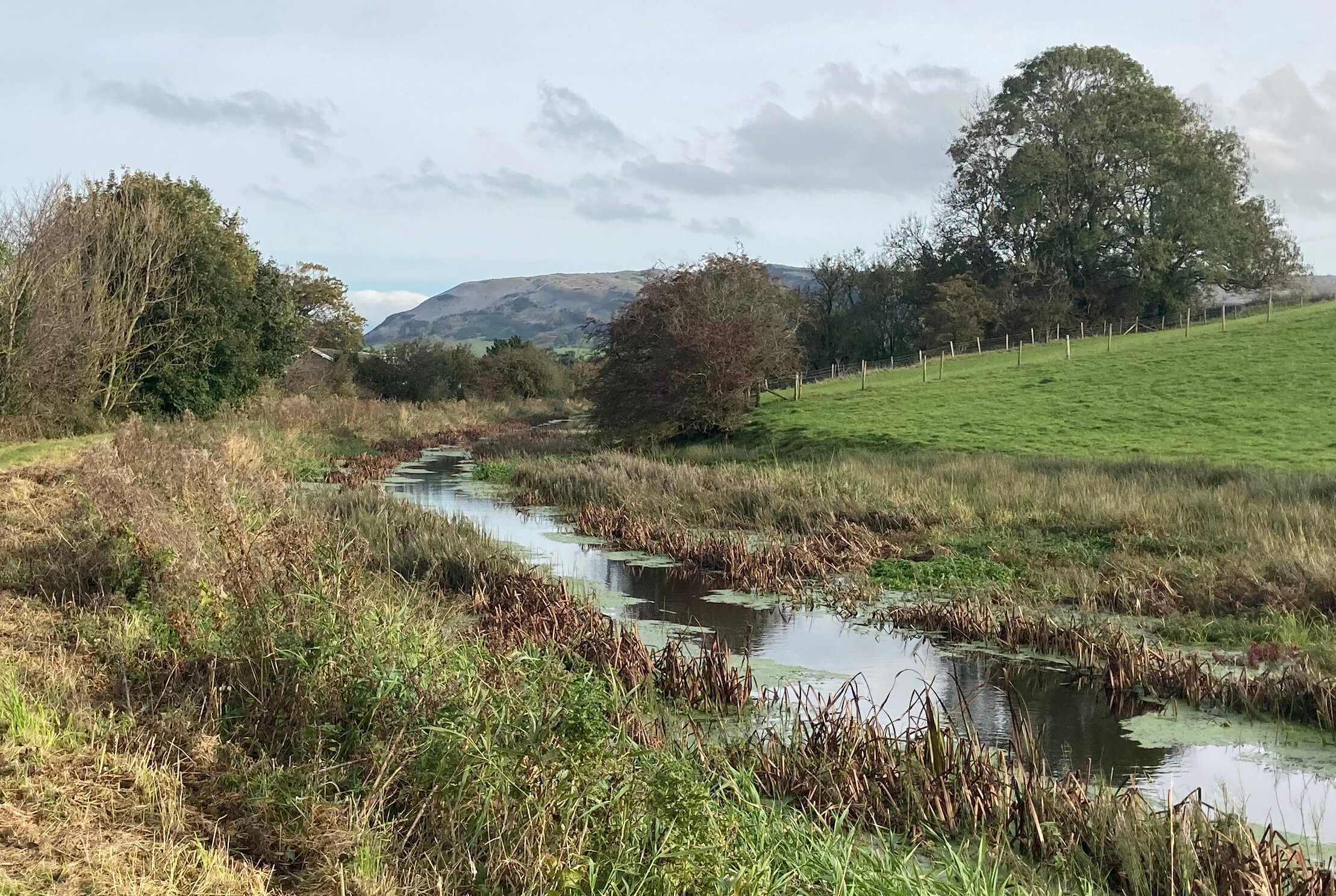
Left: The Lancaster Canal at Holme; Right:
Looking back to Farleton Knott, the canal somewhat shrunken.
The first thing to say about Gros’s sentence is that it is ungrammatical. It should surely be
Our first question … is: …? Anybody can make a slip – but who made it? Gros, in the
original German, or John Howe, who translated it into English, or the copy-editors who actually
produced the book? Considering the last part of Gros’s sentence can they walk?, who or
what does the they refer to? Presumably, the three items listed: a book, a human
being, and a musical composition. So, just considering the first of these, we have:
Our first question about the value of a book is: can it walk?
I can answer this: No (although I have read some books that plod along). What the sentence meant to
say (I assume) is:
Our first question about the value of a book is: can the
author of the book walk?
Except that he doesn’t mean can in the sense of ‘is able to’ but does – so it
becomes something like:
Our first question about the value of a book is: does
the author walk (as a regular, serious walker)?
By the canal just south of Holme there’s an information board about the Holme coke ovens,
the remains of which can be seen in the field on the other side of the canal. Earlier
(Sauntering 4) I had been puzzled by a reference to the ‘Carnforth coke ovens’
but here it is all carefully explained. The ovens were built after the canal opened in 1819 in
order to convert coal transported on the canal to coke, a more efficient fuel for, I assume,
the nearby Holme Mills. This large complex employed several hundred people when operating
as a flax mill, before converting to making coconut matting and eventually closing in 1975.
The coke ovens weren't in use for long. The railway of about 1850 provided a better way to
transport the coal.
Further on there’s another information board, this one about the history and wildlife
of the canal, prepared by the children of Burton Morewood Primary School. I saw that it was
dated 2004 but it appeared brand new. Perhaps someone gives it a regular scrub. Anyway,
well done, the children of the school!
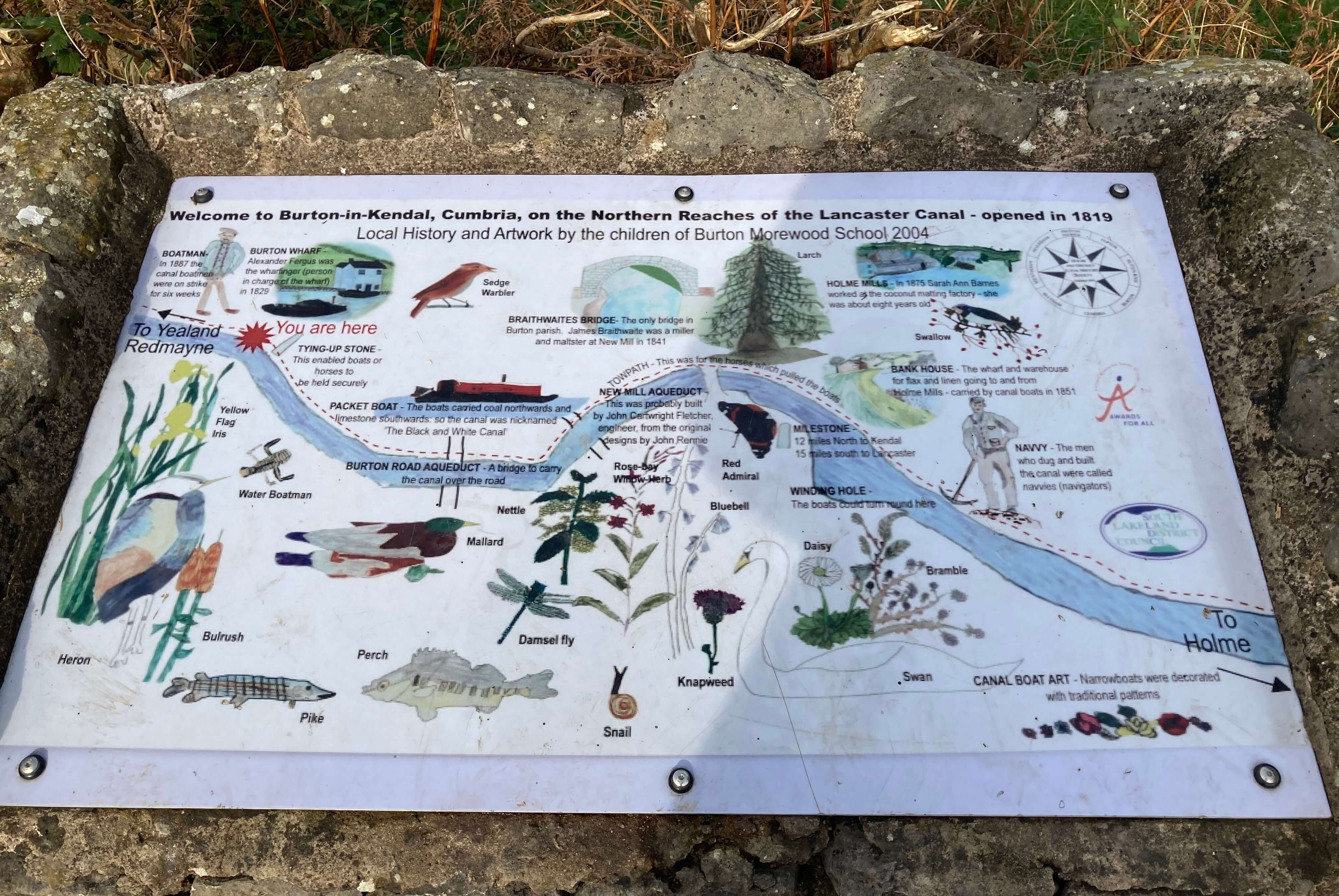
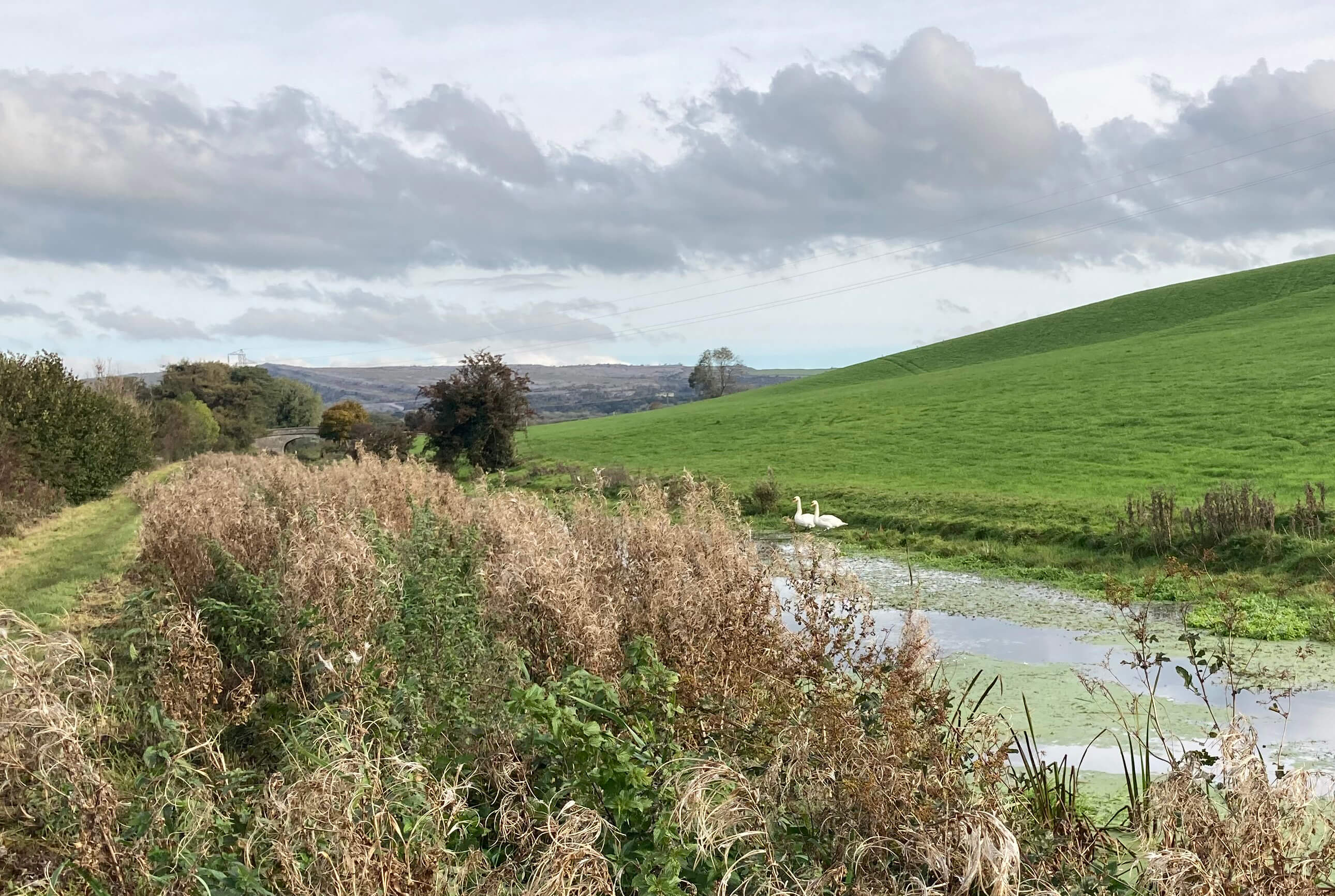
Left: The information board; Right:
Looking back to Hutton Roof Crags.
The multiple mistakes in that one sentence of Gros do not encourage a reader to try to unravel
the obscurities in other sentences of his book. I am surprised by the book because
philosophers are known for the precision of their language. I once attended a philosophy
course and my main memory of it is that we struggled so hard to say precisely what concepts
such as ‘truth’ meant that it made my head ache. Perhaps Gros’s text is deliberately obscure,
in the hope that “Where I am not understood it shall be concluded that something very useful
and profound is coucht underneath” (Jonathan Swift, 1704).
I thought about leaving the towpath briefly to walk up Hanging Hill, near
Burton-in-Kendal, to admire the view but I could see that the Lake District hills were in
cloud and the nearer hills of Farleton Knott and Hutton Roof Crags were in shade.
Similarly, I was tempted to detour to look at the Cinderbarrow model railway, marked on
the map – but I’m not that interested in model railways. The canal is quite close to the
real railway here, and the motorway too. It is easier, once settled into the rhythm of
towpath walking, to just keep pressing on.
And I did, until the towpath and the canal came to an abrupt end, cut off by the M6.
In sympathy, my camera came to an abrupt end too. Or so it seemed to me. It transpired
that I had somehow contrived to turn the brightness to zero, so I could see nothing on the
screen to help me turn the brightness back up, if I had realised that that was the problem.
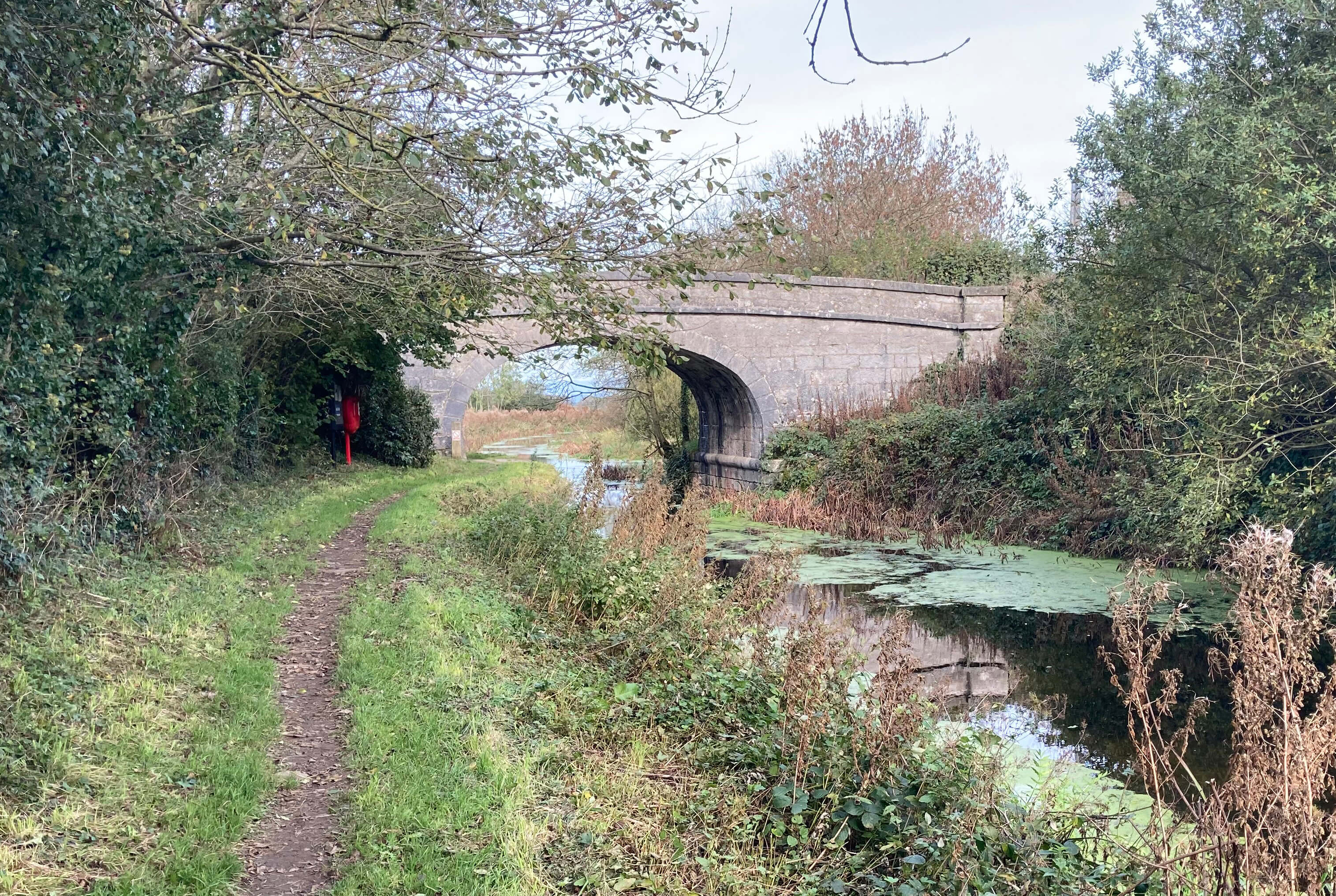
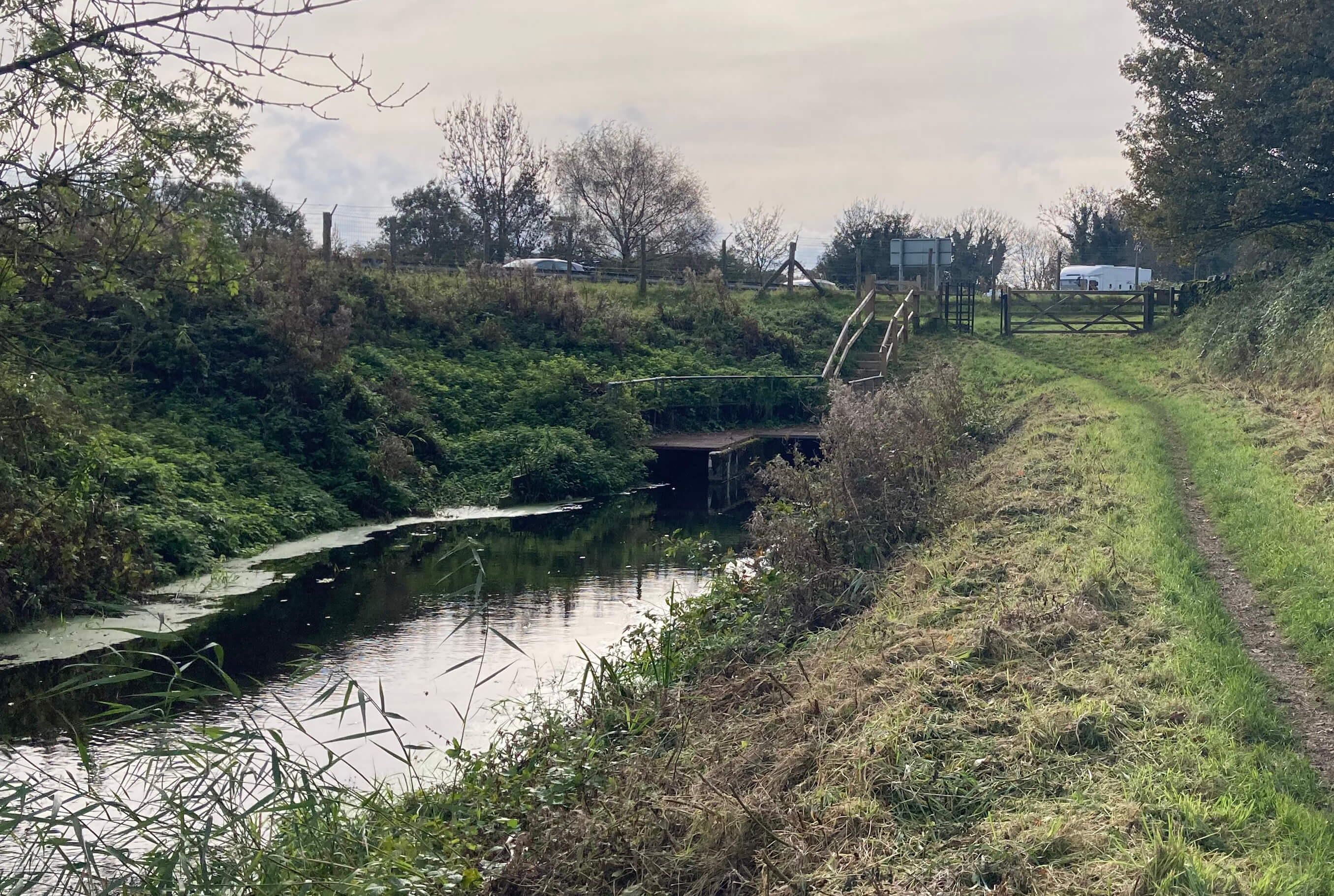
Left: Lancaster Canal near Burton-in-Kendal; Right:
The canal and M6.
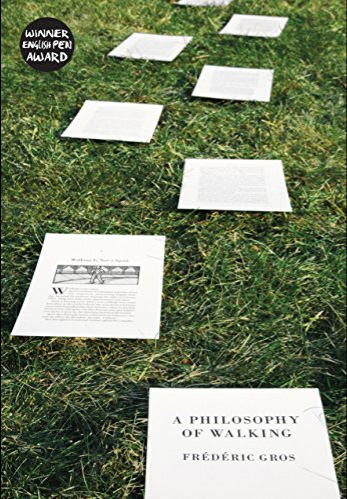 The reason that Gros is so concerned about the walking habits of the author is that, according
to him, non-walkers and walkers write different kinds of books:
The reason that Gros is so concerned about the walking habits of the author is that, according
to him, non-walkers and walkers write different kinds of books:
Books by authors imprisoned in their studies, grafted to their chairs, are
heavy and indigestible … An author who composes while walking, on the other hand, is free
from such bonds … It is thought born of a movement, an impulse. In it we can feel the
body’s elasticity, the rhythm of a dance. It retains and expresses the energy, the springiness of the body.
That’s an interesting hypothesis and one open to experimental study (which Gros, being a
philosopher, has not carried out). We could ask readers to read a book by an unfamiliar
author and judge whether it was written in a study or “while walking”. Gros’s hypothesis
arises while he is discussing Nietzsche. I haven’t read any Nietzsche. Can you feel the
rhythm of a dance in Über Wahrheit und Lüge im außermoralischen Sinne?
A bridge took me over the M6. How will the canal revivers get the canal over or
under the M6? And also past another canal blockage at the A6070? I passed the remains
of the canal locks at Tewitfield, the only ones there were on the Lancaster Canal, and
walked on south. I saw a sign saying it was four miles to Carnforth, so, with no camera
to cause me to pause, I settled down to some body-exercising, energetic walking,
striding out, without pause.
Tewitfield is the northern limit for canal-boaters and there is, of course, a marina
and moorings to encourage them to pause. But I walked on, passing the village of Borwick.
There may have been a glimpse of the old Borwick Hall, but not enough to be sure.
The canal passes over the River Keer, some way below, and past some back gardens of
Capernwray.
It then swings west to pass through a soulless, functional bridge for the M6.
Our canal builders did at least build bridges of character, even if all somewhat
similar.
And then through a bridge for the A601(M), a road that we apparently
can no longer afford to maintain to motorway standards and will presumably lose its (M),
and into the centre of Carnforth.
I am intrigued by the notion of “An author who composes while walking”. Do proper
authors compose sentences, paragraphs and chapters in their heads while walking – and then
just empty them out of their heads when back in their study? My memory is not up to that.
Anyway, when I’m walking I am focussed on the walking. The sentences (if any) can wait.
Of course, the authors that Gros has in mind are not writing about their walking. They
are writing a treatise on, say, the Übermensch – so they are even less focussed on their walking.
There may be a profounder point here. Writing is not a 100% mental activity.
I can believe that composers of music can compose while walking. They have to be able
to hear their music in their head, without the aid of an orchestra, and to remember long
sequences of music, in order to keep track of its development. I doubt that
sentences, paragraphs and chapters can be thought into shape. It’s a physical activity too,
in that the words have to be laboriously moulded and caressed into an acceptable form.
That’s my experience anyway.
Date: October 17th 2023
Start: SD524788, Holme (Map: OL7)
Route: (linear) SE – canal – S on towpath – B6254 bridge – NW, SW – Carnforth bus stop
Distance: 8 miles; Ascent: 10 metres
Home
Preamble
Index
Areas
Map
References
Me
Drakkar
© John Self, Drakkar Press, 2018-

Top photo: The western Howgills from Dillicar;
Bottom photo: Blencathra from Great Mell Fell








 The reason that Gros is so concerned about the walking habits of the author is that, according
to him, non-walkers and walkers write different kinds of books:
The reason that Gros is so concerned about the walking habits of the author is that, according
to him, non-walkers and walkers write different kinds of books:
